
Invented over 200 years ago, the chronograph continues to be one of the most fascinating complications on a watch. Here’s how you can put it to good use
Watch collecting is big business. It’s why you’re reading this and probably how you originally found Wristcheck. Never in my time of being a ‘watch guy’ have I witnessed such a frenzy for watches; it seems everybody wants to learn about them, collect them, invest in them and celebrate them. The watch collecting phenomenon was created in the 1970s and 80s by the Italians. They have always been the trend-setters and tastemakers and the Italians are the leading scholars and academics in watch research. One watch that has always been king is the chronograph. From early examples that were devised for military use, through doctors’ instruments to automobile racing timers, the chronograph has fascinated collectors and enthusiasts for a century and counting.
Start Stop Reset
So, what exactly is a chronograph? In simple terms, it is a complication where your watch can monitor a second time measurement in addition to the normal ‘time’. In effect, it is a stopwatch showing seconds, minutes and hours within the confines of a wristwatch. Whilst to us now, this seems like a regular complication on a watch, a hundred years ago it was a novel way for making the timing of events more convenient when on-the-go. The 1920s and 30s was the time when tastes were changing and people wanted to wear their watches on the wrist instead of using pocket watches.
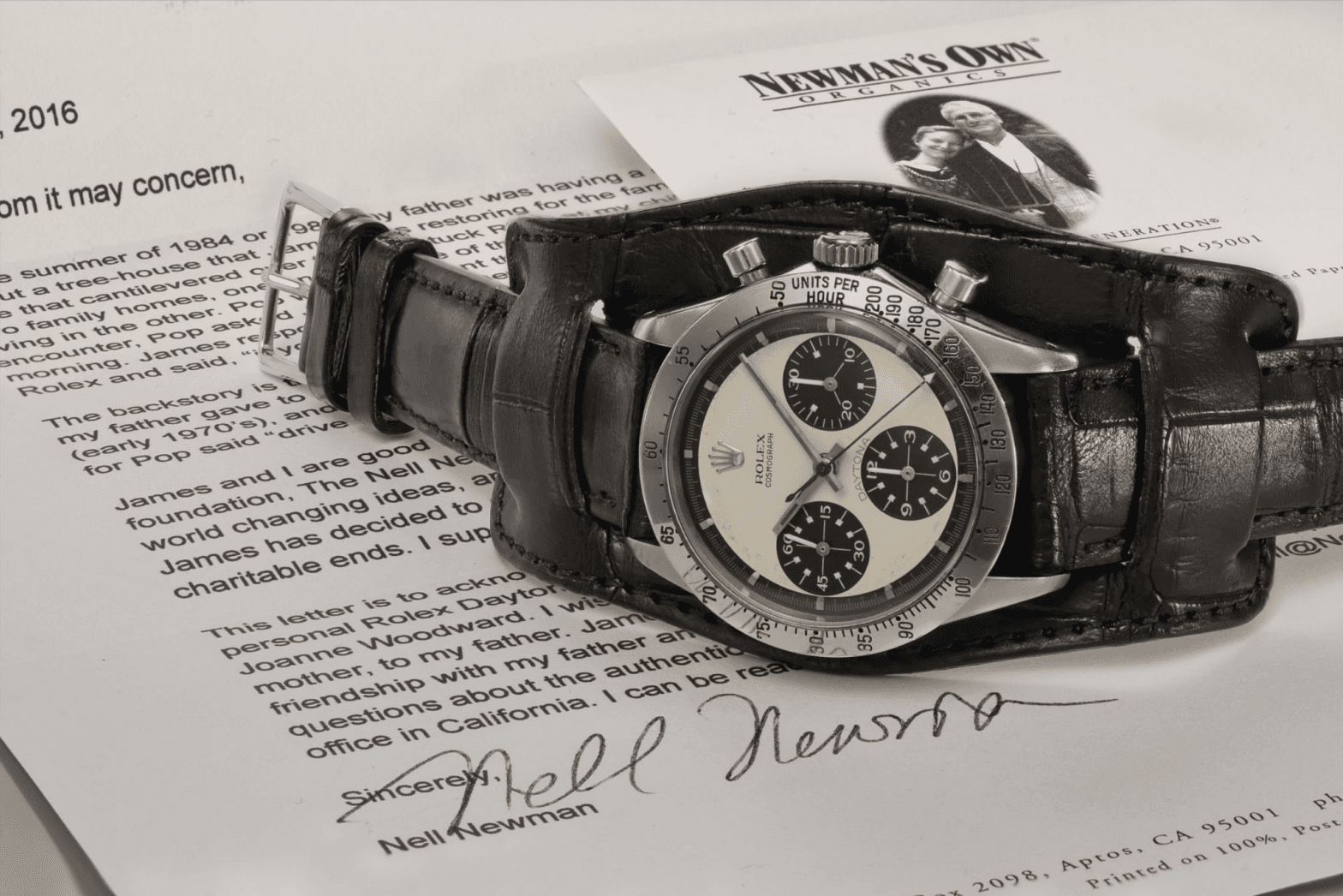
One of the main users of these wrist mounted watches were the military and so it became necessary to make the watches more robust and, where possible, waterproof. Instead of converted pocket watches, the new chronographs were smaller but with pronounced winders and pushers for ease of use whilst, for example, wearing gloves. The dials also became more utilitarian with radium-painted hours for use at night and the cases were made robust by using new English steel. Gold and silver were unable to withstand the rigors of professional use and so steel was the perfect solution. During the 1940s, motor racing gained in popularity and there was a need to not only measure the time of a lap but also average speeds. It was this era that led to the chronographs we use today and the iconic tachymeter scale.
.png&w=4320&q=75)
All About the Scales
The stopwatch part of a chronograph is simple to use and offers an accurate reading of elapsed time. Start the center seconds and you can monitor the passing time. The most simple two-register chronographs offer a 30 minute stopwatch, with a minute counter on the dial opposite a running seconds sub dial. Three register chronographs tend to have an hour sub dial too, normally 12 hours, which means you can accurately measure an event of up to 12 hours. So far, so simple. Where these chronographs get clever is the scale. Most modern chronos have the scale on the bezel and the most commonly used scale is the tachymeter. You can most famously find tachymeter bezels on the Rolex Daytona and the Omega Speedmaster. The tachymeter allowed the wearer to measure the elapsed time it took to cover the distance of a mile (or km) and see at a glance what the average speed of that run was by simply looking at where the center stopwatch seconds hand had stopped. This became hugely popular from the 1940s through to the 1970s in the golden era of motor racing.
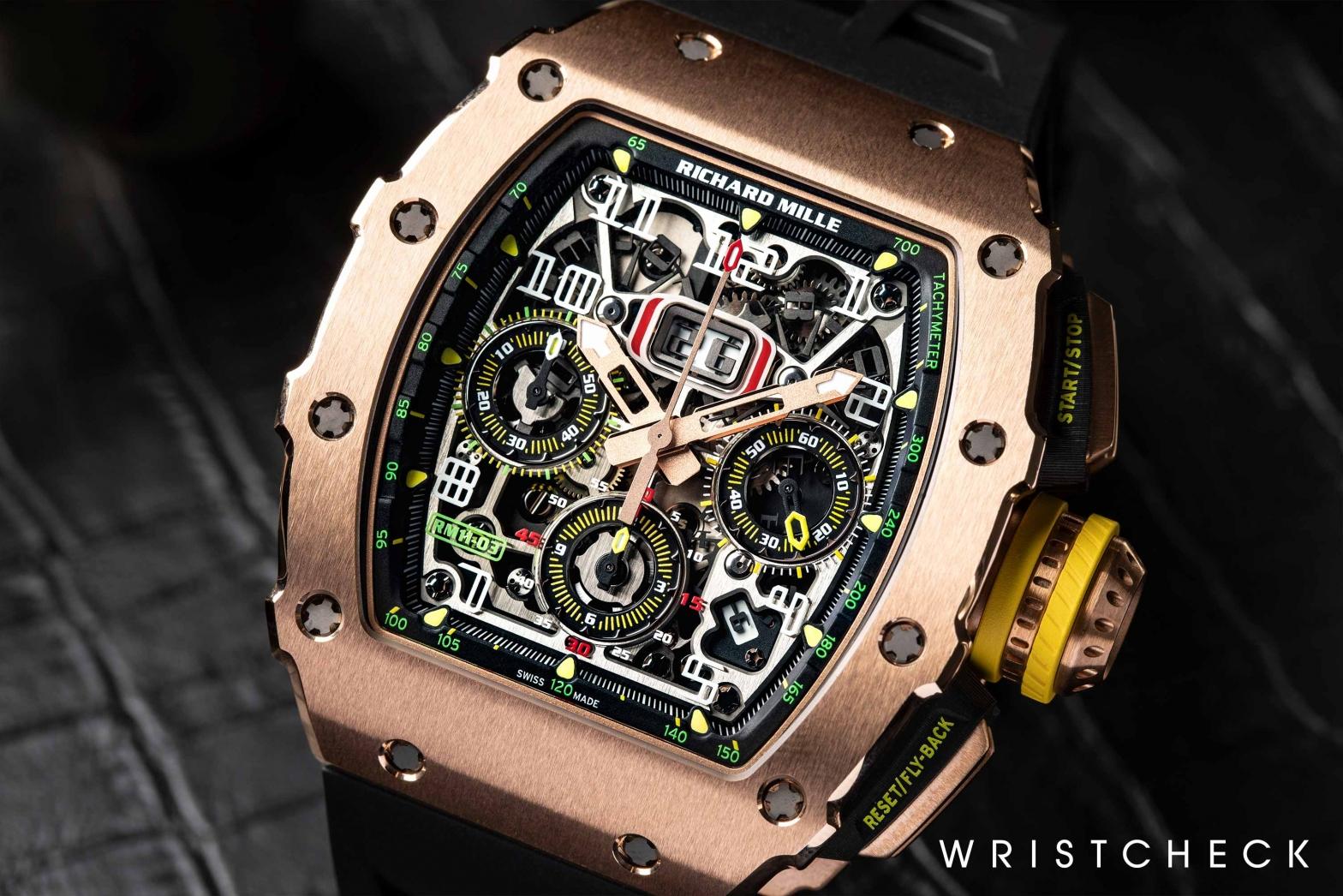
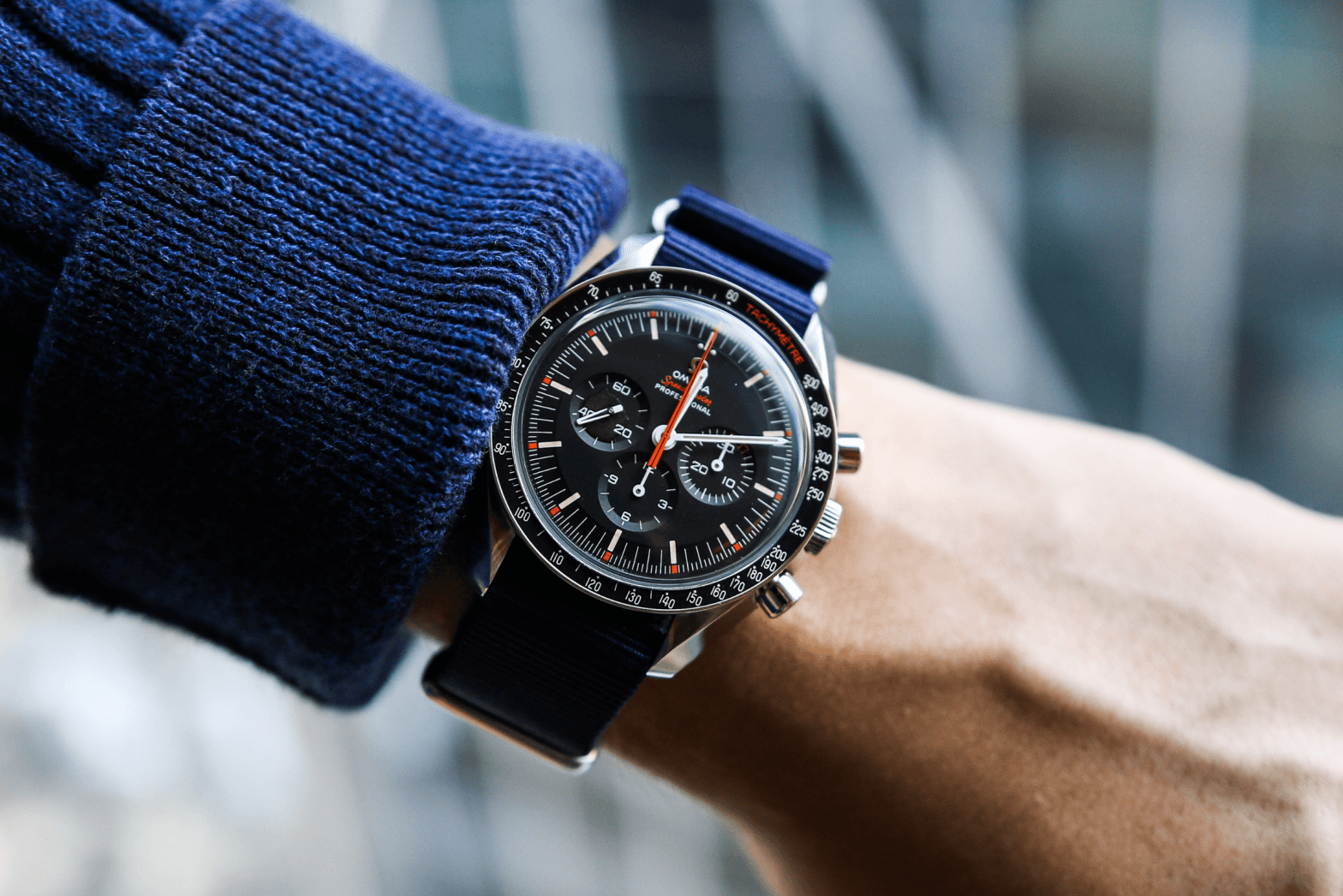
In the days before bezel mounted scales, the different chronograph readings were printed on the dials. Some watches featured three scales on the dial and had one in the center of the dial in a spiral format known as a ‘snail scale’. Going back to military applications, the officers relied on the telemeter scale on the watches. The telemeter scale was used to accurately assess the distance away of an event by timing the journey of its sound. This was very useful in combat – for example, a general could start the chronograph timer when he saw the flash of artillery and then stop it when he heard the sound of the explosion. The reading on the telemeter would then tell him how far away the explosion had taken place (in miles or km, depending on the scale).
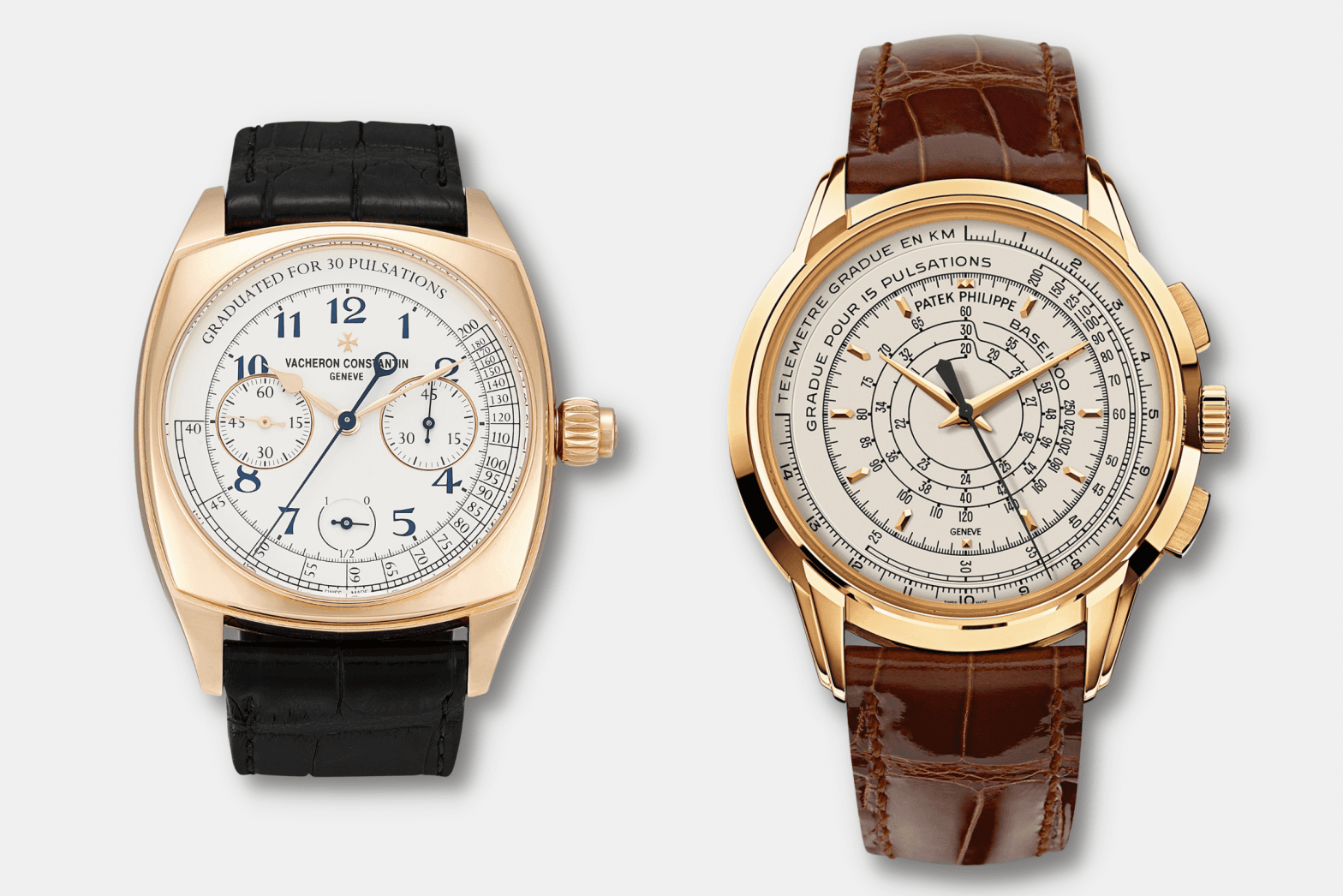
The final scale of note is the pulsometer, sometimes referred to as the doctor’s watch. The pulsation scale was used by doctors and medical professionals to quickly calculate a patient’s pulse. To quickly and easily calculate a patient’s heart rate, the doctor would traditionally need to take your pulse, count 15 seconds (whilst simultaneously noting the number of pulses) and then multiply the number of pulses by four. The pulsometer scale allowed the doctor to start the chronograph, count 15 pulses on the patient’s wrist, then stop the chrono and take the reading on the scale. Fast, simple and accurate!
Technical Advancements
Not all chronographs are equal, with the complication having a couple of variations and extensions on the theme. Flyback chronographs were invented primarily for aviators. Restarting a regular chronographs requires three steps – stop, reset and restart. A flyback chronograph removes the three steps and requires the user to simply repress the start button to instantly restart the chronograph; the hand literally flies back to the start.
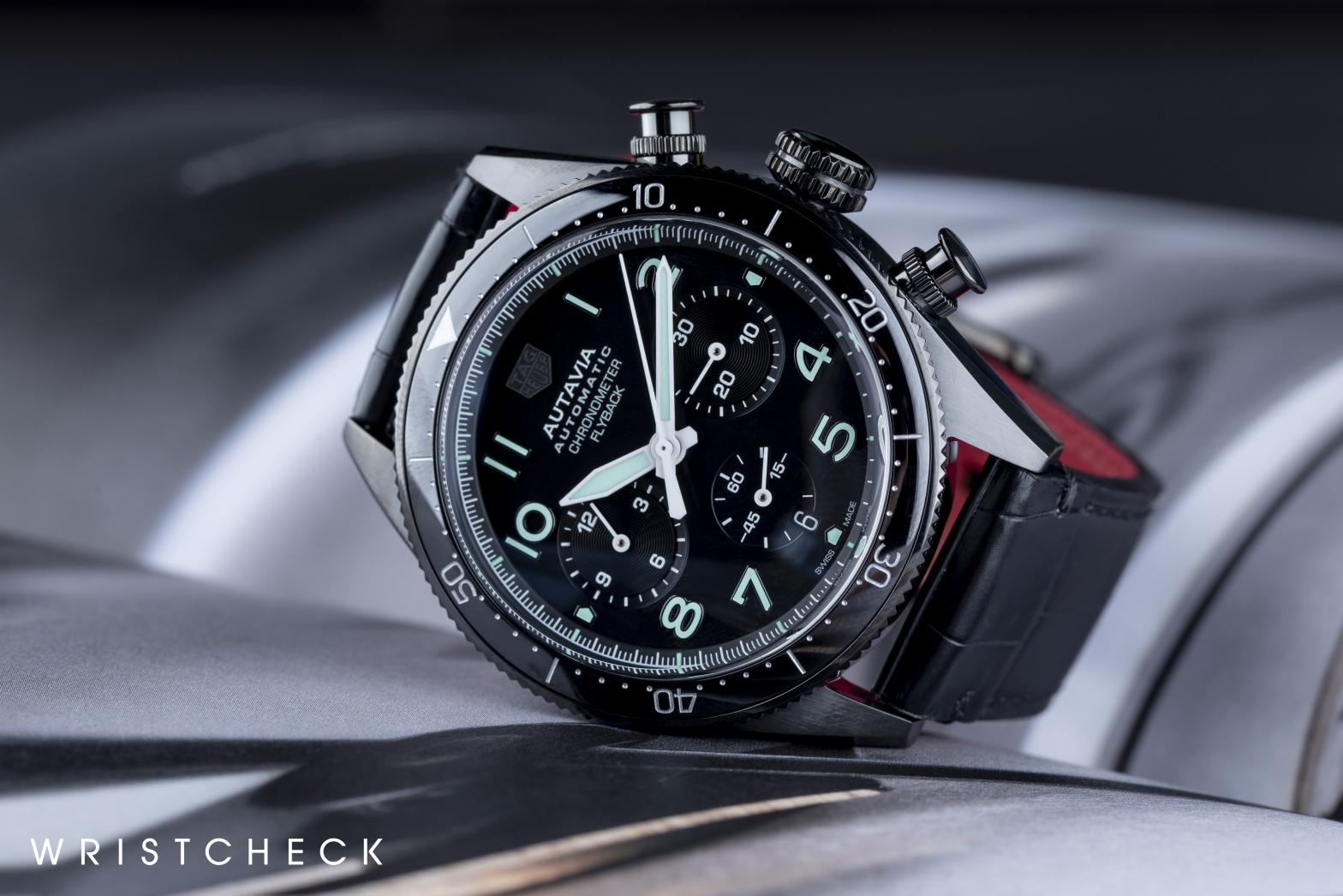
Then there’s the split seconds chronograph or rattrapante. Vintage split-seconds watches by brands such as Rolex and Patek Philippe were made in very small numbers and therefore command significant prices on the market. It is believed that the legendary reference 4113 Rolex split seconds chronograph was made in only 12 examples. The split-seconds made it possible to time multiple events as the chronograph has two center sweep seconds hands and a pusher in the winding crown.
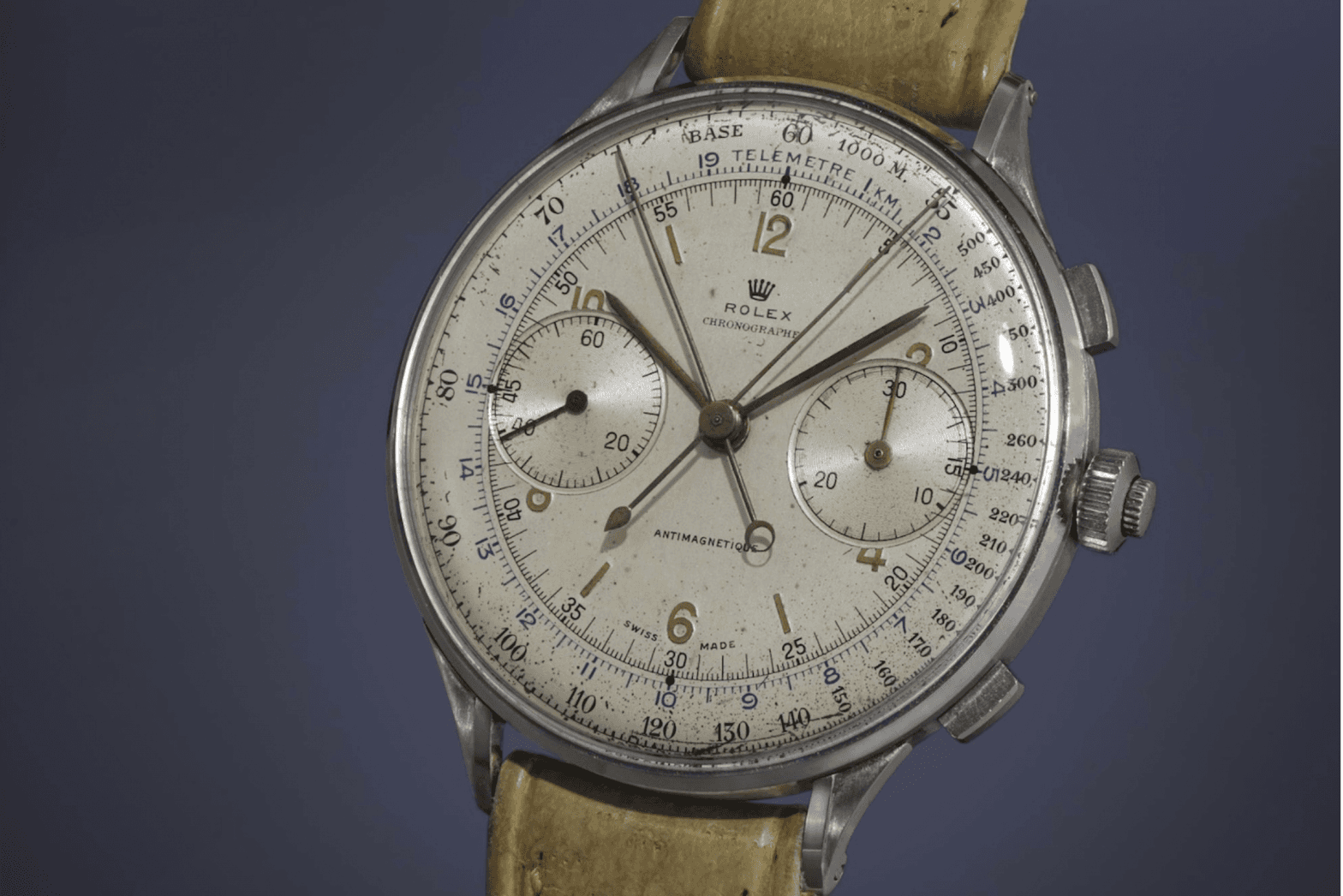
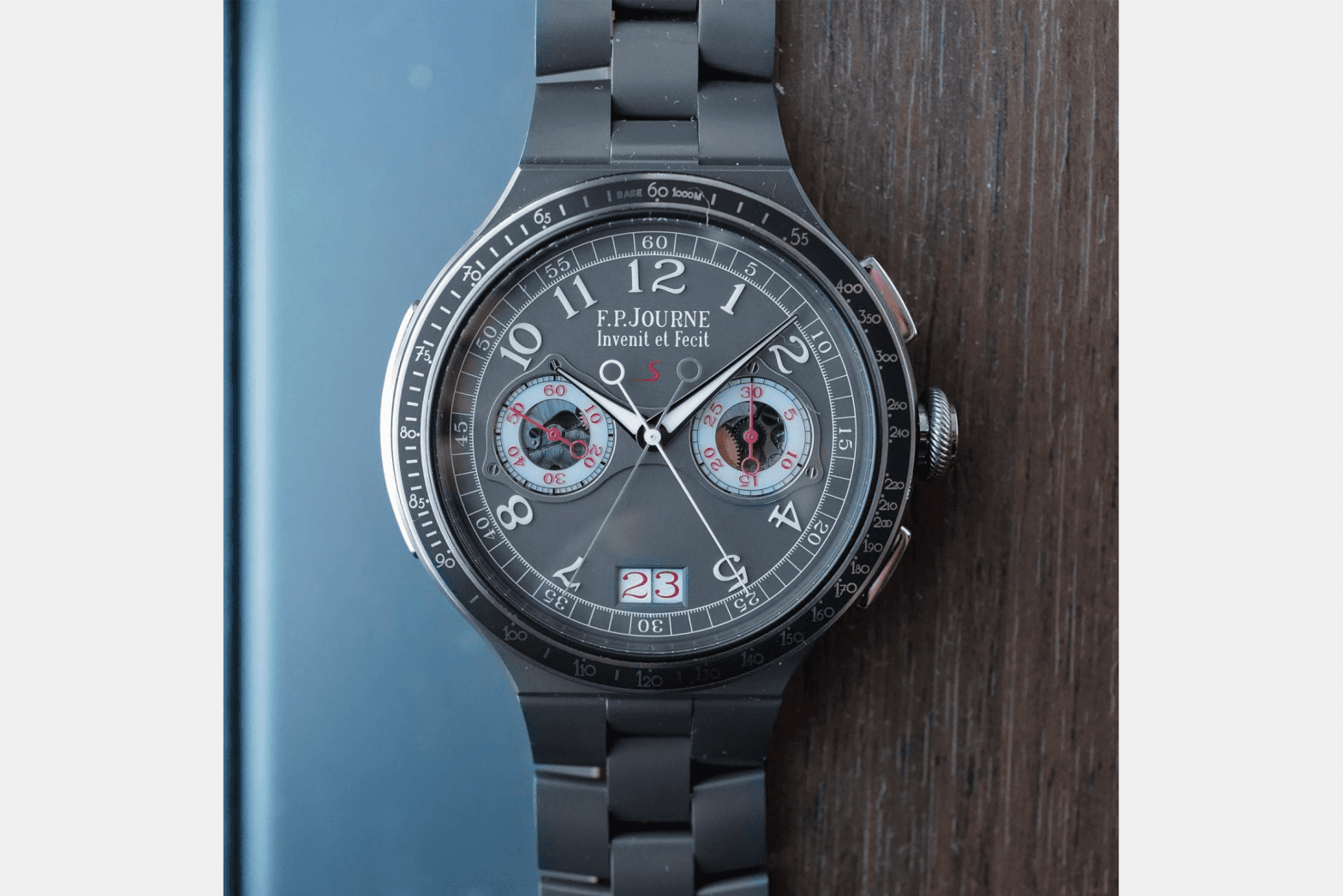
So, if you were timing your vintage Ferrari and needed a number of results – the overall time of the race, individual lap times and average speeds; a rattrapante is your friend. Simply start the chrono as normal to time the full length of the race using the first second sweep seconds stopwatch hand. Additionally, you can use the chronograph button that is in the winding crown to stop the second sweep seconds stopwatch hand to time the first lap, press the button again and the seconds hand catches up with the first hand and you can stop it again to measure the next lap and so on. This was much easier than having multiple stopwatches and, obviously, significantly more stylish!
